6 Food Habits That Help Japanese Women Stay Slim
While fad diets make a lot of noise, Japanese women have maintained healthy weights for generations, without obsessing over carbs, counting calories, or skipping meals. Their secret is a collection of everyday habits rooted in tradition, mindfulness, and a balanced relationship with food.
Here’s how their approach shapes lifelong wellness.
Small Portions Served With Intention

Credit: iStockphoto
Traditional Japanese meals are served in small dishes, but the experience feels anything but stingy. Eating from smaller plates naturally encourages you to stop before you’re stuffed. It’s a habit known as hara hachi bu, or “eat until you’re 80% full.”
Meals Reflect the Season
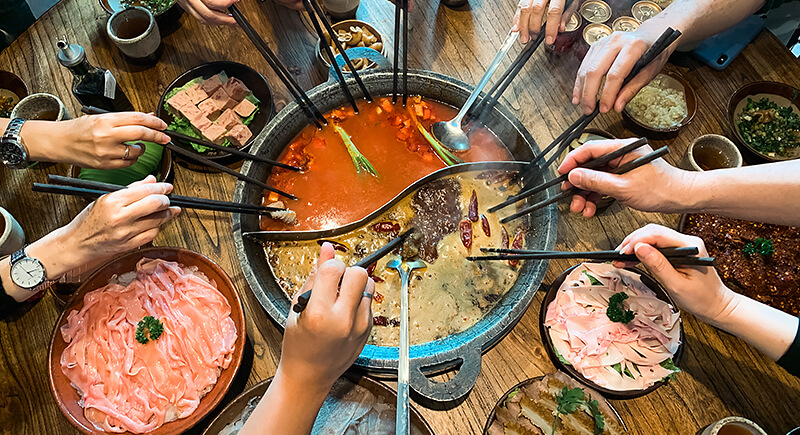
Credit: iStockphoto
Try walking through a Japanese market in spring and again in winter, and you’d barely recognize the menu. Seasonal eating is a way of life. Light, cooling dishes like chilled noodles show up in the summer, while steaming bowls of root vegetables and miso are preferred during colder months. A natural rotation of nutrients and flavors keeps meals fresh.
Minimal Use of Processed Foods
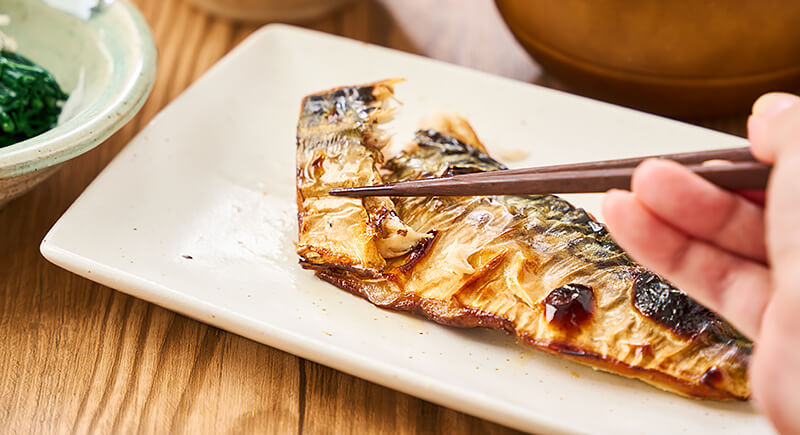
Credit: iStockphoto
Let’s not pretend processed foods don’t exist in Japan. They do, and they’re eaten. But in traditional homes, meals lean heavily on simple, whole ingredients. These include tofu, seaweed, fresh fish, and vegetables instead of frozen entrees or sugary sauces. The avoidance is cultural. Over time, that preference adds up to less sugar, fewer additives, and more energy from real food.
Cooking Methods That Preserve Nutrition
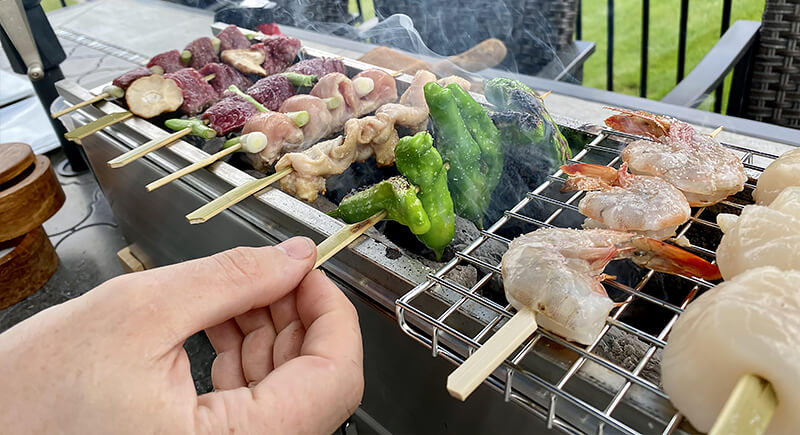
Credit: Reddit
Instead of frying everything into oblivion, Japanese cooking techniques are gentle. Grilling, steaming, simmering, or a quick sauté in a dab of oil preserves the natural colors, textures, and nutrients in food. It’s a subtle approach, but it means vegetables stay crisp, seafood stays delicate, and nothing ends up greasy or limp.
Rice as the Main Grain

Credit: Reddit
Bread and pasta play a minor role in traditional Japanese meals. Instead, steamed rice—usually white or brown—is served without butter or salt. Rice complements other dishes without overpowering them and provides steady energy without encouraging overeating.
Breakfast Is the Most Complete Meal

Credit: Reddit
Morning meals in Japan are often the most elaborate of the day. A typical spread might include miso soup, grilled fish, steamed rice, tofu, pickled vegetables, and green tea. This nutrient-dense start sets the tone for balanced energy and fewer food cravings later in the day.
Focus On Visual Simplicity
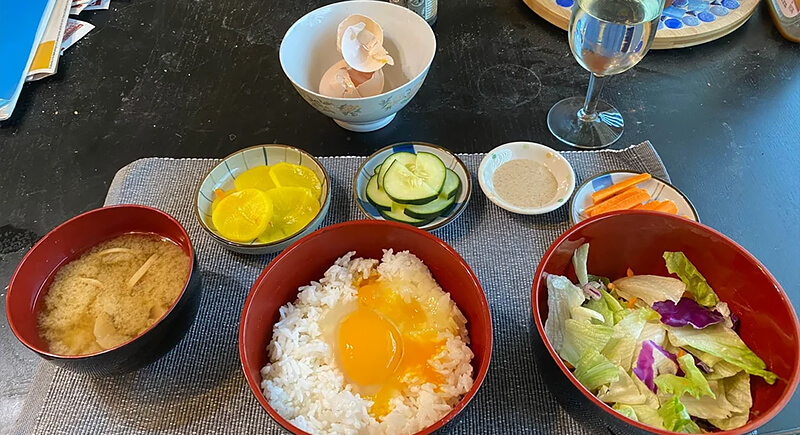
Credit: Reddit
Forget piling everything onto one dish. In Japan, each food often gets its own small plate or bowl, which helps you see what you’re eating and encourages you to take your time. The simplicity is functional.
Green Tea Over Sugary Drinks

Credit: Reddit
Instead of sugary sodas or flavored waters, green tea is the drink of choice. It’s an all-day companion, often enjoyed hot or cold, and almost always plain. Since it’s packed with antioxidants, it hydrates, aids digestion, and pairs well with meals without loading on sugar or calories.
Rare Use of Heavy Desserts

Credit: Reddit
Traditional Japanese sweets use ingredients like mochi, adzuki beans, or agar jelly, often flavored with fruit and sweetened gently. They are subtle and satisfying instead of a sugar crash in a bowl. It’s easy to enjoy a bite or two without going overboard.
Eating Is Never Rushed

Credit: iStockphoto
In Japan, people rarely rush through meals. Even when the schedule’s tight, there’s an effort to sit down, breathe, and actually taste the food. This slower pace helps the brain catch up with the stomach and makes it easier to stop eating before you’re stuffed.
Meals Built Around Vegetables

Credit: iStockphoto
Where other meals might build around meat or starch, Japanese cuisine often starts with vegetables–grilled, pickled, or simmered in broth. You’ll find bitter greens, earthy mushrooms, and root vegetables on repeat, as stars of the show.
Fermented Foods Aid Digestion
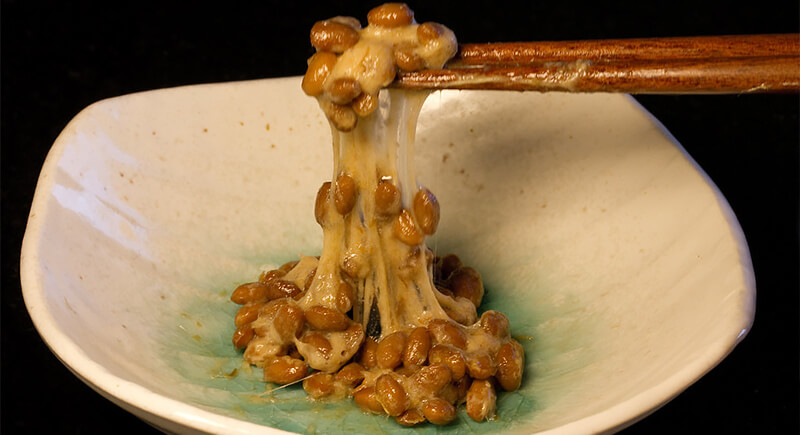
Credit: flickr
Soy-based foods like miso, natto, and pickles are rich in probiotics. These ingredients help balance gut bacteria, which supports metabolism and digestive health. Regular intake of fermented foods also makes meals more satisfying without the need for extra fat or sugar.
No Snacking Between Meals
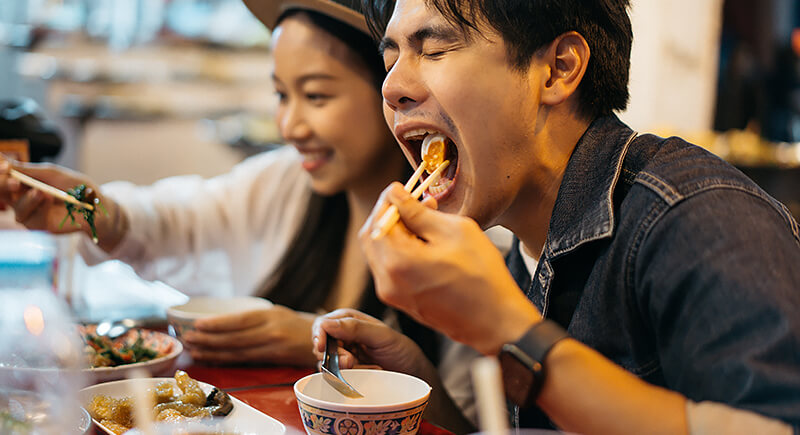
Credit: iStockphoto
Japan doesn’t build the day around grazing. Meals are balanced enough to sustain energy without constant munching. When snacks do happen, they’re usually small and intentional—like a few slices of fruit or a handful of roasted soybeans—not a bag of chips eaten on autopilot.
High-Fiber Staples Encourage Fullness
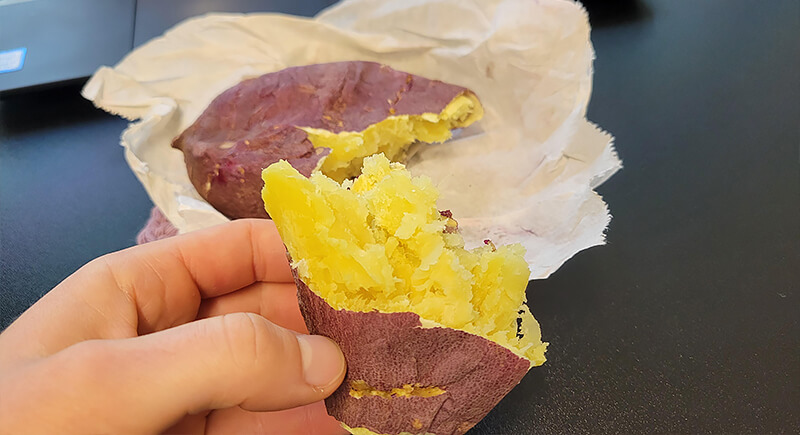
Credit: Reddit
You won’t find people counting grams of fiber, but you will find fiber-rich foods woven into everyday meals. Brown rice, tofu, leafy greens, and sweet potatoes all digest slowly and keep you fuller longer. That means fewer energy crashes and less late-night fridge raiding.
Eating Habits Passed Down Early
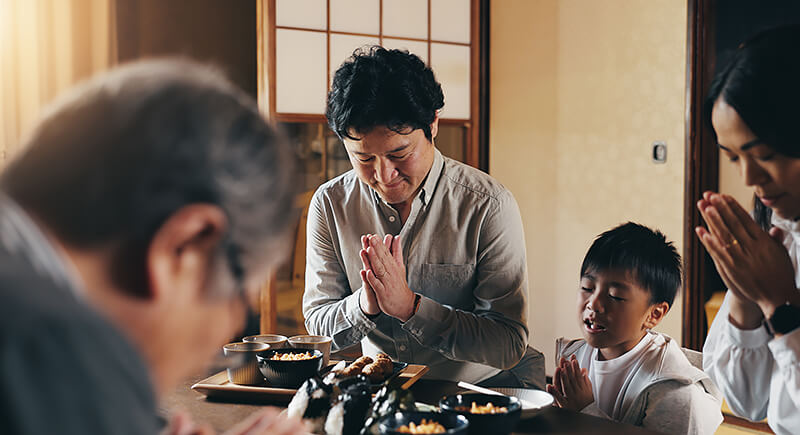
Credit: iStockphoto
What really keeps these habits going is that they’re taught young as part of normal life. Children grow up watching their families savor fresh meals, eat slowly, and stop before they’re full and the pattern just tends to stick.